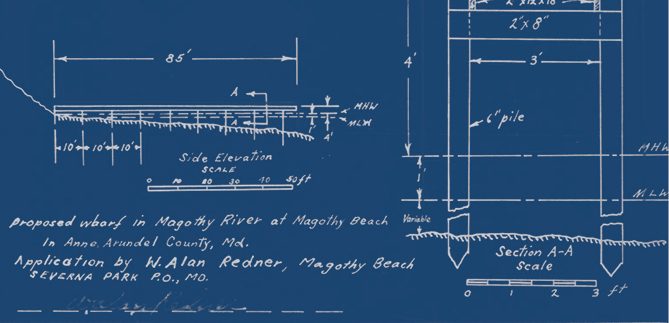Sustainable design results in built environments that harmonize with nature, utilize less energy, and are more affordable to operate. Sustainability is achieved on multiple levels: ecologic, economic, and social. Studies show improved test scores in green schools and quicker recoveries in hospital rooms that look out on green space. Using sustainable site design & LEED® (Leadership in Energy and Environmental Design) design principals, we strive to:
- Reshape the way the Civil Engineering industry approaches land development in the same way that LEED® is transforming the green building market.
- More closely replicate the hydrologic regime of an undeveloped watershed.
- Treat stormwater as a resource rather than a waste product.
Reduce or eliminate costly stormwater systems that concentrate stormwater, such as detention ponds and underground piping, thereby reducing construction costs.
- Utilize distributed environmental site design (ESD) practices that manage stormwater in a distributed way versus traditional end-of-pipe treatment.
- Place a greater emphasis on natural processes to protect water quality, wildlife habitat, and enhance the human environment.
- Recognize, preserve, and enhance the natural features of the site, such as topography, soils, wetlands, wildlife, vegetation, sun, and wind.
- Participate in whole building design practices that consider the intertwined nature of the building and its site.
Specific sustainable design services include the following:
- Leadership in Energy and Environmental Design (LEED®) Certified Projects
- Stormwater Management Practices including Environmental Site
- Environmental Site Design (ESD) and Low Impact Development (LID)
- Traditional Neighborhood Design (TND)
- Urban Redevelopment and Brownfields
- Conservation Design
